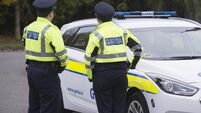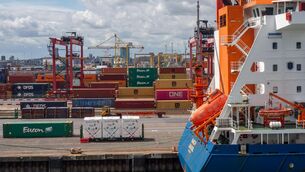Documentary to debunk Lusitania munitions theory
The Cunard vessel was sailing from New York to Liverpool in 1915 when it was hit by a German torpedo.
Passengers reported a second explosion sparking debate that the liner was carrying a secret cache of munitions.












